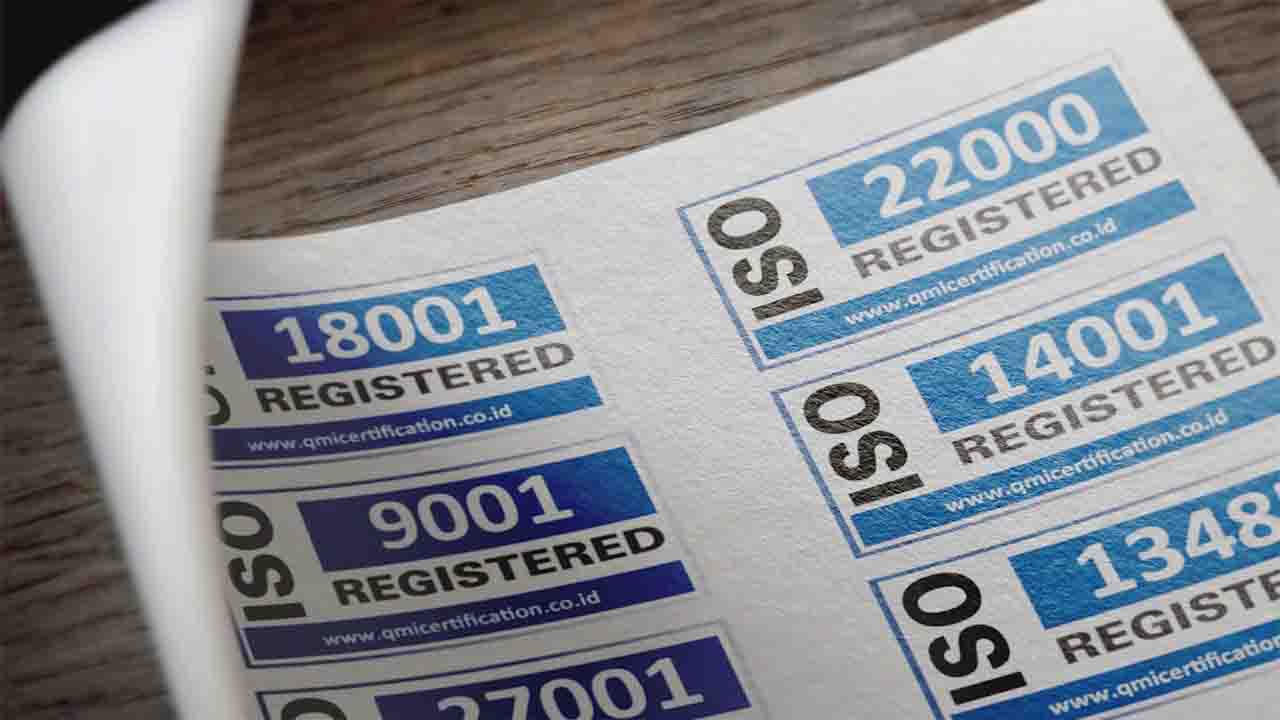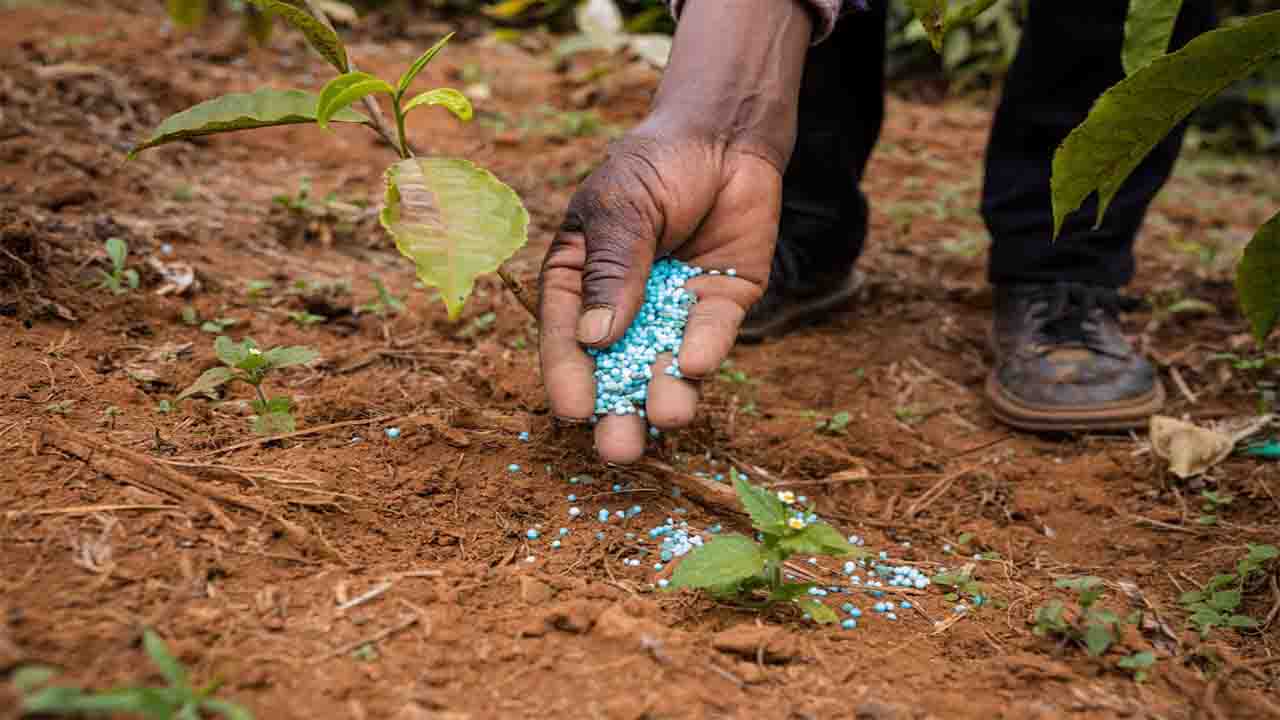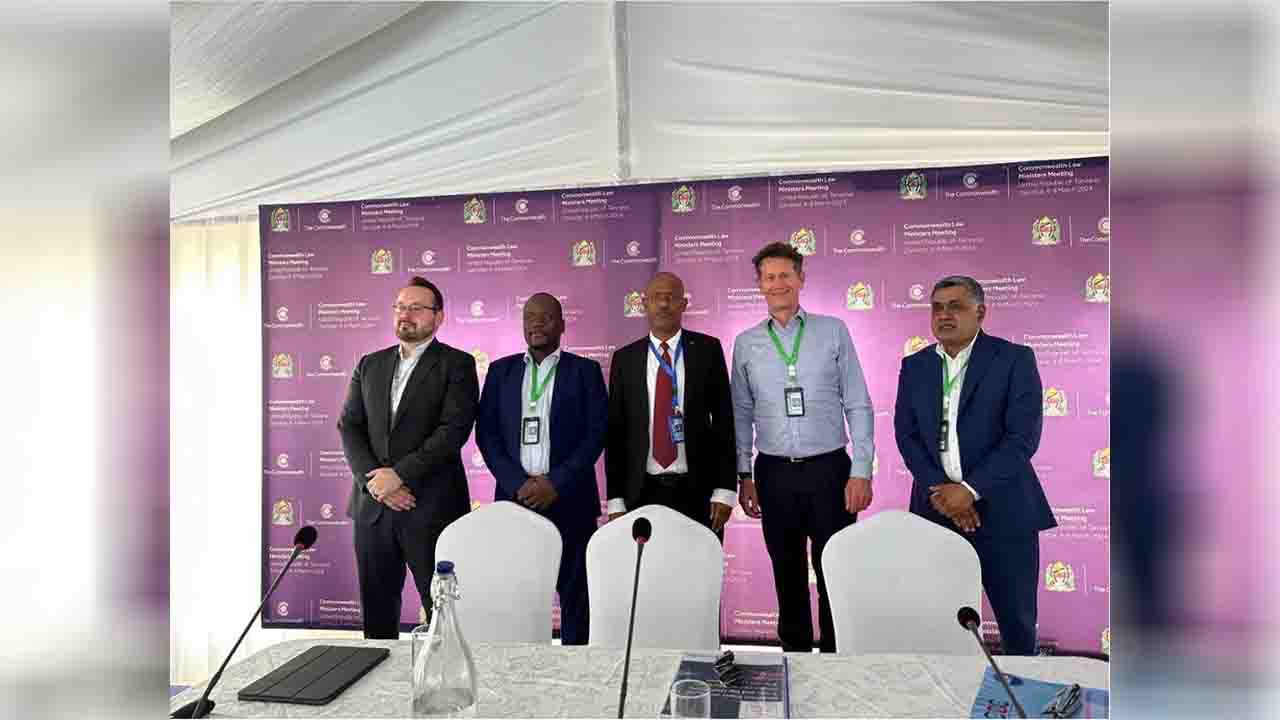SINGAPORE – Changi Airport was crowned the world’s best airport for eight years straight prior to Covid based on its superior traveller offerings and high-tech customer service. Now it’s readying to welcome back visitors en masse, hoping improvements made during the pandemic will cement its status as Asia’s premier aviation hub.
Most of the shops at the two Changi terminals that are operating have reopened and business partners like Singapore Airlines and ground handling and catering outfit SATS are hiring in anticipation of a travel rebound, seeking to avoid the labour shortage-induced snarls of Australia and Europe. New technology is being applied that’s taking contactless service to the next level.
Such efforts could help Changi become the region’s busiest airport for international travel in 2022. Restoring Changi, which commands a certain spot in the nation’s psyche, is also vital to Singapore’s economy, with the aviation sector accounting for more than 5% of the city’s gross domestic product and providing around 200,000 jobs.
“Changi is the most liberal airport we have in Southeast Asia right now,” said Mohshin Aziz, director of the Pangolin Aviation Recovery Fund, which invests in aviation-related businesses. “We are in this situation where the difference in policies will determine whether an airport is in the 21st century or in the dark ages.”
Singapore was among the first in Asia to start easing travel restrictions by establishing so-called vaccinated travel lanes that ultimately allowed people from 32 countries to visit without quarantine. From April, the island was opened to anyone who is fully inoculated regardless of where they’re from.
While waiting for footfall pick up, Changi was making behind-the-scenes adjustments. Self-check-in kiosks and baggage drops now operate when a person hovers their finger over a screen. Passengers use automated immigration gates that scan faces and irises if those biometrics are registered in a passport. Air conditioning and mechanical ventilation has been installed with hospital-grade filters and ultraviolet sanitisation systems, and autonomous cleaning robots use misting to disinfect carpets.
Singapore itself has set aside almost S$500 million (NZ$545 million) to spur a tourism revival.
And travellers are coming back, gradually. Changi handled 1.42 million passengers in the first two months of this year, a jump from 263,000 the same period 12 months ago. That compares with Hong Kong, which handled 157,000 passengers in January and February. South Korea’s Incheon International Airport, ranked No. 1 in Asia for international travel in 2021, processed 675,452 international passengers in the first two months of 2022.
That’s in stark contrast to Changi, which even in the most difficult times kept its gates open to passengers travelling to destinations within Southeast Asia, when most direct flights from other regions had stopped. Transfer passengers — Singapore being a prime transit hub for travellers from Australia and New Zealand going onto Europe and the US or vice versa — accounted for as much as half of traffic at the airport last year, compared with about 30% pre Covid.
The airfield is seeing more travellers as Singapore reopens and is focused on serving them, Changi Airport said in an emailed response, declining to elaborate.
On a recent visit one weekday afternoon, around 65% of the shops in Changi’s transit area were open, rising to almost 90% in the public areas of Terminals 1 and 3. One of the two biggest at Changi, is set to open one of its largest-ever stores at the airport shortly, while Singapore Airlines spent part of the pandemic completely refurbishing its business and first-class lounges at Terminal 3.
While Changi doesn’t have immediate plans to reopen Terminal 4, it plans to restore operations at Terminal 2 in phases later this year. Building works at the previously under construction Terminal 5 remain on hold.
There are still long stretches during the day and night when activity comes to a standstill because very few flights are landing. While 81 of the 91 carriers that used to fly into Changi have restored services, flight frequencies are just 37% of pre-Covid levels. Last year, the aerodrome handled 3.05 million passengers, a drop versus the 68 million in 2019 before countries closed their borders.
Some store operators haven’t been able to hold out. A few in the transit area have handed their operating licences back to the airport and Changi will look for new retailers to take over the vacant spaces. Singapore’s government has also warned that stricter measures could return if the Covid situation worsens, even though now, more people can eat together at restaurants and masks aren’t mandatory outside anymore.
The government aims to restore passenger volume at Changi to at least 50% of pre-pandemic levels by later this year, up from 15% at the end of 2021. Singapore Tourism Board CEO Keith Tan said earlier this month that the number of short-term visitors more than doubled in March to about 120,000, from 57,000 in January.
“We are seeing good air travel recovery and expect numbers to further increase, especially in the upcoming May Day-Hari Raya Puasa long weekend and the June school holiday season,” Han Kok Juan, director-general of the CAAS, said. “The CAAS is working with the airport operator, aviation companies and unions to ramp up operations and manpower to support the higher traveler volumes.”
















